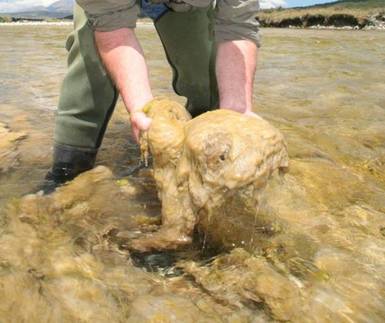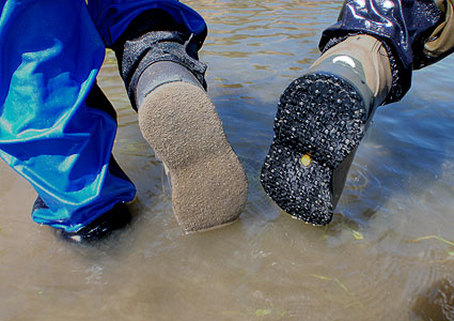Identification
Identification: Rock Snot, also known as didymo, is a non-indigenous nuisance diatom. It can form large mats along the bottom of a river or stream, ranging in color from white to brown. The texture of these mats has been described as similar to cotton or wool. | Nuisance blooms of Didymo, like the one shown above, can smother river and stream bottoms altering the aquatic ecosystem and impeding recreational uses of a water body. |
Table of Contents
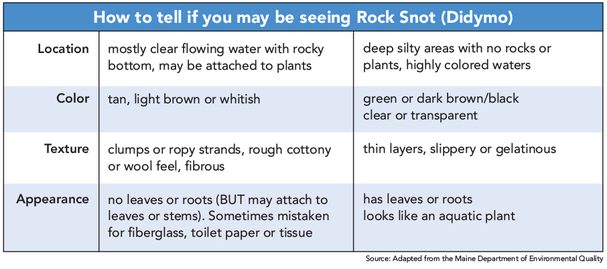
Origin & Dispersal
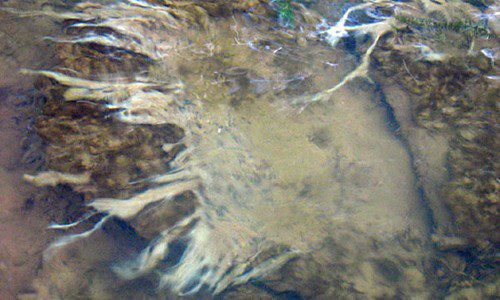
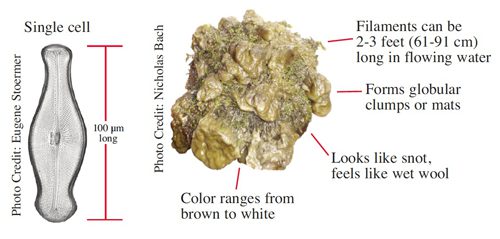
Rock Snot is NOT SLIMY
Impacts of Rock Snot:
Didymo is “snot funny” and could be a potential aquatic invader in Northern Michigan’s rivers and streams. Didymo may be spread by transferring a single drop of water hosting the microscopic organism to unaffected water bodies possessing ecological conditions that are capable of supporting the species. It can be inadvertently transported in boats, fishing gear, and especially waders.
Didymo blooms can be a nuisance and impede recreational uses of a water body. The species is capable of creating thick mats that smother the rock and pebble based habitat critical for supporting fish populations and the macroinvertebrate communities, which are important components of Northern Michigan’s stream ecosystems.
What you can do to prevent the spread of this aquatic invasive species
| Consider replacing felt-soled waders (left) with a new environmentally sensitive alternative (right) to help prevent the spread of this and other aquatic invasive species. |
Additional Resources:
- Confirmed Detections of New Zealand Mudsnails and Didymo in Michigan Waters – MDNR, September 2015
- Invasive Species Alert: Didymo – Michigan Department of Natural Resources
- Didymo Poster – Spread the Word, not the algae – West Virginia Department of Natural Resources
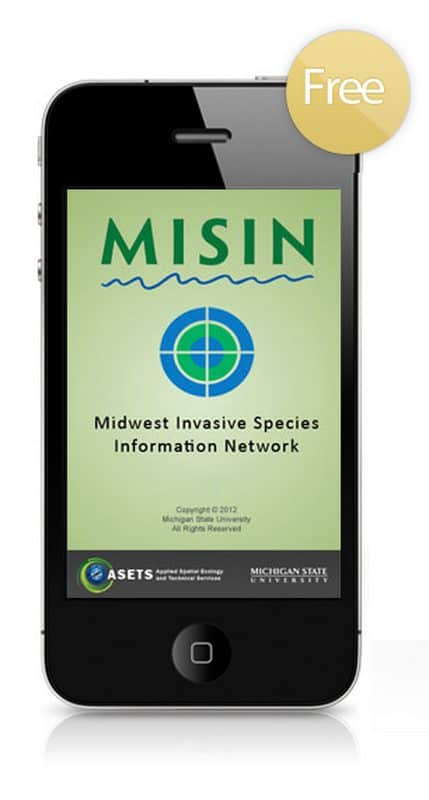
Reporting Invasive Species – FREE APP The MISIN smartphone app provides a mobile solution for the capture of invasive species field observation data. You can play an important role in the early detection and rapid response to new invasive threats in your area by contributing invasive species observations to the MISIN database.
|

